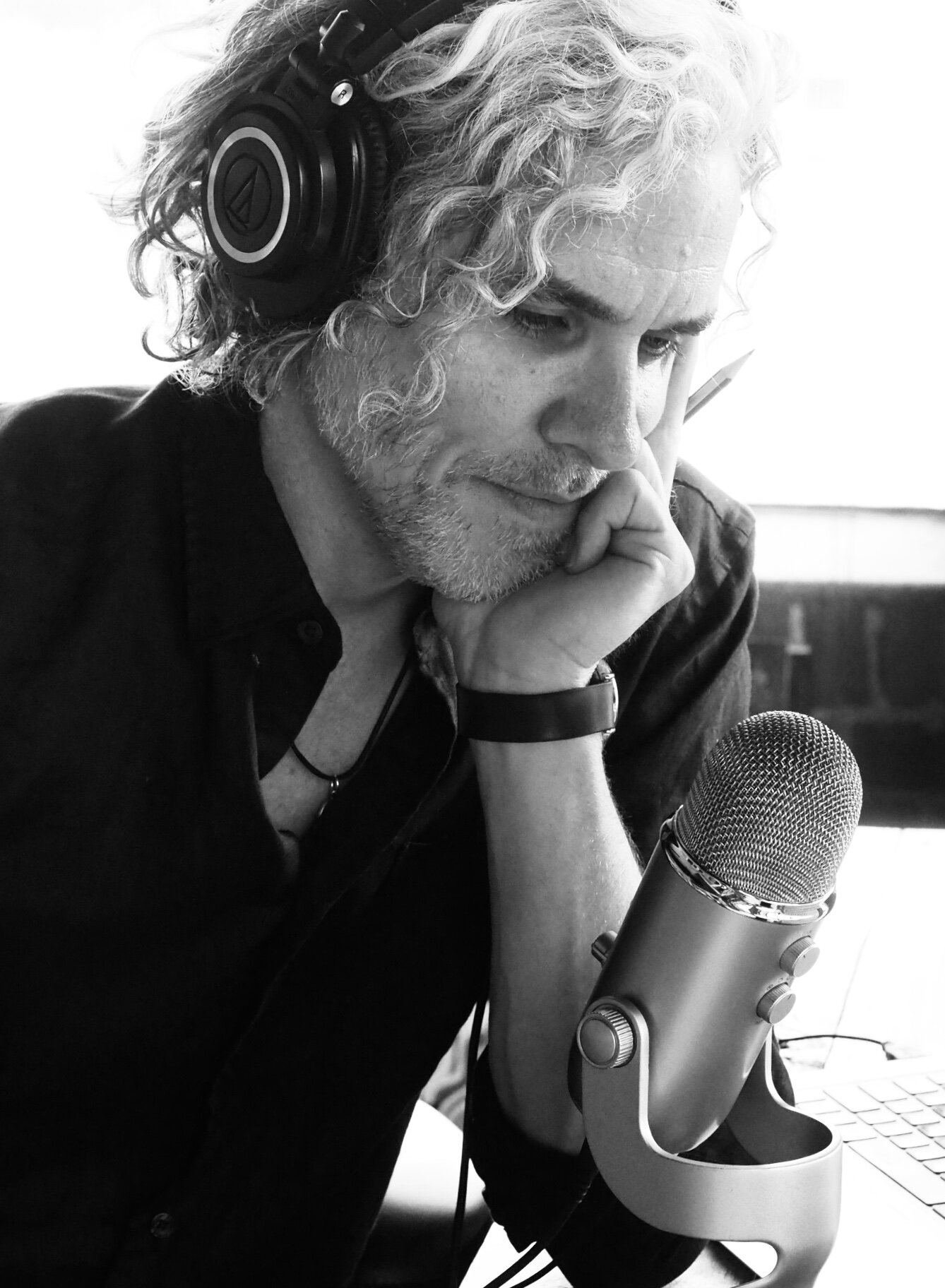EDITING IS ABOUT IDEAS, but it is mechanical, too. You have to get under the hood of the language, and editors use many tools … At all the magazines I edited (Rolling Stone, Esquire, Sports Illustrated, et al.), feature stories were assigned at a specific length—usually four thousand words—and most writers would take that over five thousand and say they were close. Others would come in under three thousand and say the same thing. It was mysterious why being direct about the number of words they were filing was so difficult but I am sure it had more to do with alchemy than lack of discipline … None of this matters if the piece is good—and that’s determined by voice and narrative, not length. Going long is always more ambitious and usually more fun. This was true before lengthy pieces became “creative nonfiction” or “narrative journalism,” and it is true now that we’ve finally debunked the simple-minded Web assumption that no one will screen-read anything longer than a news capsule. No writer I ever edited wanted to go short, anyway. Neither do I, but I also know that the best pieces seem to find their own length. That’s the alchemy.
— Terry McDonell, The Accidental Life, An Editor’s Notes on Writers and Writing
